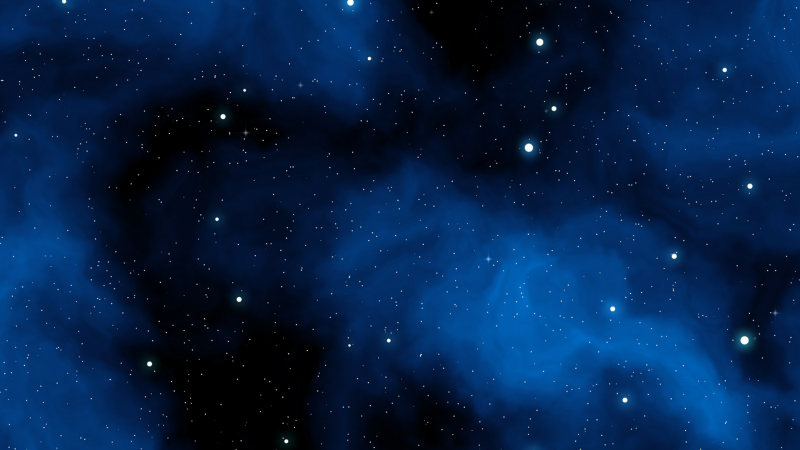
Ever since Einstein’s theory predicted their existence, Black holes have captivated our imaginations. They are formed when sufficient mass collapses, whether through a supernova explosion or gravitational influence, to form a compact object, with gravity so high that not even light can escape its pull. Supermassive black holes are found at the center of most of the currently known galaxies and can weigh as much as a billion times more than our Sun. Black holes remain largely a mystery since we can’t see or detect them directly, but can only observe their influence on their neighbours. Now, a team of researchers from the University of Oslo, Raman Research Institute, Bangalore, and Harvard Smithsonian Center for Astrophysics,USA, are trying to uncover the secret origins of supermassive black holes. One of the most promising theories in recent times explaining the formation of supermassive black holes is the Direct Collapse Black Holes (DCBH), which are black holes formed when clouds of gasses accumulate and directly become a black hole without turning into a star first. The researchers found that when the Cosmic Microwave Background radiation passed through a cloud of gases that was collapsing into a DCBH, the radiation was amplified. By detecting such amplified radiations coming from our cosmic neighborhood, it could point to the existence of a DCBH. If proved, such DCBHs could advance our understanding of black holes and provide insights into their formation, enabling us to detect these invisible galactic monsters.
